The 7 Most Effective Sales Funnels Every Business Owner Should Know
Small Business OS: Different funnels work for different goals. Here are 7 proven ones to choose from - that actually convert.
News flash:
When it comes to growing a profitable online business, having a valuable product is not enough. All businesses need a systematic way to turn visitors into loyal buyers.
That’s where sales funnels come into play.
Part 1 (published last week) on the Psychology of High-Converting Sales Funnels covered the main elements of a sales funnel. We discussed some effective conversion techniques, such as urgency, social proof, and calls to action.
This week, in Part 2, we will explore different types of sales funnels, such as lead generation funnels, webinar funnels, and product launch funnels (and which one is best for your business!).
By guiding potential customers through a carefully designed journey, you can avoid churn and build trust, remove barriers to purchase, and create long-term revenue streams rather than one-off sales.
Table of Contents
1. The 7 Most Effective Sales Funnels to Use
2. How to Build a High-Converting Sales Funnel from Scratch
3. Real-World Sales Funnel Examples and Why They Work
4. Build a Funnel That Converts, Scales, and Sells for You
1. The 7 Most Effective Sales Funnels to Use
One of the biggest misconceptions in online marketing is that there’s a “one size fits all” funnel. In reality, each business thrives on a funnel uniquely suited to its goals and audience. In this guide, we’ll explore different funnel types and when & why you’d use them. Get ready to discover structured, scalable sales pathways that convert casual clicks into committed customers.
1. Lead Generation Funnel
A lead generation funnel focuses on capturing potential customers' information (emails, phone numbers) in exchange for value. The goal is to nurture these leads over time and convert them into paying clients. The lead generation funnel is the best option for service-based businesses, coaches, consultants, and B2B companies.
In the lead generation funnel, traffic is driven to the landing page offering a lead magnet, visitors enter their email to gain access to the resource, and an automated email sequence nurtures the lead with valuable insights and in the final step, a sales pitch, free consultation or product demo appears.
This funnel is effective because it warms up potential buyers before asking for a sale, builds credibility and trust when done consistently, and is a successful method for high-ticket services where customers need multiple touchpoints before conversion is completed.
2. Webinar Funnel
A webinar funnel educates prospects while selling. The structured presentation builds authority, handles objections, and pushes leads toward a purchase decision. This method is the option for online courses, high-ticket coaching, SaaS, and B2B sales.
The main advantage of this method is about getting real-time feedback from a valuable audience. You can address the objections in real-time.
It is also one of the most engaging methods since it keeps the dialogue alive for about 30-60 minutes, especially in the Q&A sessions.
The working principle of this method is also simple. Traffic is driven to a webinar registration page, leads sign up to watch the live or automated event, the webinar delivers value, builds trust, and presents an offer at the end.
3. Product Sales Funnel
Instead of drawing out the buyer’s decision, this funnel drives traffic straight to a dedicated sales page. That page highlights one specific product with a compelling offer, such as a temporary discount or a bonus add-on.
Once the prospect indicates interest, you introduce strategic upsells and cross-sells to increase the average order value. For example, if your main product is a recipe book, you might offer a premium meal-planning template at a discounted rate right after checkout.
Post-purchase emails then keep customers engaged by offering loyalty rewards or related products that complement their initial purchase.
By minimizing steps between “interest” and “purchase,” a Product Sales Funnel removes friction in the buying process. Because it’s built for quick, direct response, it pairs perfectly with paid ads or targeted social media campaigns.
You’re not overwhelming the buyer with too many choices. Instead, you’re guiding them toward a specific product and then capitalizing on their buying mindset with add-ons or post-purchase offers.
4. Tripwire Funnel
A Tripwire Funnel focuses on attracting customers with a low-cost, high-value offer, usually in the $7 to $50 range. Then guiding them toward higher-priced products or services once they’ve made that first small purchase. This approach is perfect for businesses aiming to acquire leads at a minimal upfront cost and gradually introduce premium offers.
Rather than pushing a big-ticket sale from the start, you offer a budget-friendly entry point. For instance, a mini-course, an eBook bundle, or a discounted product that’s almost too good to pass up.
Once the buyer bites, they enter an upsell sequence where complementary or upgraded offers are presented. Over time, automated emails nurture new customers and introduce them to higher-value products or services.
This strategy works especially well for info products, digital courses, and SaaS since it turns skeptical leads into confident buyers by lowering their initial risk.
5. Membership & Subscription Funnel
A Membership & Subscription Funnel is built around recurring revenue and is perfect for businesses like SaaS platforms and membership sites. Instead of relying on one-time sales, this model focuses on long-term retention by offering ongoing value, whether that’s fresh content, premium features, or an engaging community.
Traffic typically lands on a page that offers a free trial or low introductory rate. Once leads sign up, they’re introduced to a subscription plan, either monthly or yearly.
From there, the funnel keeps subscribers engaged by regularly delivering new content, exclusive perks, or updates to keep the experience fresh. As customers grow to trust and rely on your product or service, upsells and premium tiers become natural next steps, boosting overall customer lifetime value.
This funnel creates predictable, recurring revenue, which can stabilize cash flow and fuel consistent growth. Because the focus is on retention rather than one-off purchases, businesses have more opportunities to nurture relationships and deepen user loyalty.
Over time, the members-only environment fosters a strong sense of belonging.
6. Affiliate & Referral Funnel
This funnel is perfect for businesses looking to leverage the power of word-of-mouth marketing. Rather than driving sales directly through conventional advertising, this strategy motivates affiliates, influencers, or even your loyal customers to promote your offer in exchange for a commission or other incentives.
By tapping into the trust people have in recommendations from those they know, you can create a powerful, organic growth engine.
The process begins by setting up a dedicated affiliate or referral program. Partners join the program and receive unique referral links to share with their networks. When a new customer signs up or makes a purchase through one of these links, the referrer earns a reward.
This system not only incentivizes promotion but also builds a community of brand ambassadors who actively support your business.
The success of this funnel lies in its ability to leverage trust. People are naturally more inclined to buy based on recommendations from friends or influencers they trust, which can significantly reduce your customer acquisition costs.
Furthermore, with a well-structured program, the potential for exponential growth is high, as each satisfied customer becomes a promoter who can bring in new leads.
7. Application Funnel (For High-Ticket Offers)
This funnel is tailored for consultants, agencies, premium coaching, and other high-ticket offerings where every sales call counts. By requiring prospects to apply before a consultation, you ensure that your sales team only spends time with serious, qualified leads.
It all starts with a dedicated landing page that presents your exclusive, high-value offer. Think private coaching sessions or bespoke agency services. Instead of a simple "Sign Up" button, visitors are prompted to fill out an application form or questionnaire.
This step acts as a filter, weeding out those who aren’t a good fit and only passing on leads that meet your criteria. Once approved, these leads are scheduled for a personalized sales call or consultation.
This approach not only saves you time by eliminating unqualified prospects, but it also creates a sense of exclusivity and enhances perceived value.
The added layer of qualification means that your interactions are more focused and tailored, leading to higher conversion rates and a more efficient sales process.
Integrate a scoring system within your application form to quickly identify high-potential leads. Use this data to further customize your follow-up process and ensure every call is as productive as possible.
2. How to Create a High-Converting Sales Funnel From Scratch
We’ve discussed what a sales funnel is, its different types, and the tools required to build an effective funnel. Now let’s put all these insights into action and learn the art and science of creating a high-converting sales funnel that works!
Remember, a poorly optimized funnel leaks revenue, loses leads, and wastes marketing dollars. A high-converting sales funnel, on the other hand, systematically moves potential buyers toward a sale with minimal resistance.
Start With a Clear, Single Focus
A sales funnel needs one goal, one offer, and one clear CTA at each stage. Too many choices overwhelm prospects and kill conversions.
If you’re generating leads, your CTA should be “Download Your Free Guide” and not multiple conflicting offers. If you’re selling a product, your CTA should be “Get 20% Off Today” and not “Learn More”, “See Features”, and “Request a Demo” all at once.
Audit your funnel to eliminate distractions. Every step should lead prospects toward the next logical action.
Optimize for Speed & Simplicity
Slow pages, long forms, and complicated steps are a surefire way to kill conversions. Prospects drop off when there’s friction in the buying process.
Your landing pages should load in under 3 seconds (use Google PageSpeed Insights to test). Your checkout or sign-up form should require only essential fields. Anything more increases abandonment. Your email sequences should be concise and valuable, not overwhelming or spammy.
Simplify the customer journey. Remove unnecessary clicks, reduce form fields, and streamline checkout.
Lead With Value (Not Sales Pitches)
A high-converting funnel builds trust before asking for the sale. If all you do is push offers, you’ll lose leads before they ever become customers.
Give first. Offer a lead magnet, free trial, or educational content before asking for anything. Demonstrate authority. Share case studies, success stories, and testimonials. Personalize communication. Email sequences should feel like helpful advice, not sales emails.
Instead of a generic "Sign Up Now", test a value-driven CTA like "Get Your Free Strategy Guide Instantly".
Use Data to Eliminate Weak Points
Most funnels fail because they aren’t optimized. If you’re not tracking where leads drop off, you’re running blind.
Check landing page bounce rates. If they’re high, your offer or messaging isn’t strong enough. Look at cart abandonment rates. If people leave before checkout, there’s friction. Track email open & click rates. Low numbers mean your messaging isn’t resonating.
Use heatmaps (Hotjar, Crazy Egg) to see where users get stuck and optimize those weak points.
Build for Retention, Not Just One-Time Sales
As mentioned before, a high-converting funnel doesn’t stop at the sale, it turns buyers into repeat customers. Important things to do:
Onboard new customers properly.
Send welcome emails, how-to guides, and customer support follow-ups.
Upsell and cross-sell by offering complementary products or premium upgrades.
Use retargeting ads to bring back one-time buyers and increase lifetime value.
Implement a post-sale sequence that nurtures buyers, encourages referrals, and increases engagement.
Test, Refine, and Scale What Works
Funnels are never one-and-done. You need to consistently test, tweak, and improve them continuously.
A/B test headlines, CTA buttons, and pricing structures to find what converts best. Tweak follow-up sequences based on engagement rates. Double down on winning traffic sources. Scale what’s driving the most conversions.
Set up monthly funnel reviews to analyze data and make incremental improvements that compound over time.
3. Sales Funnel Examples: Real-World Models That Convert
Great businesses consistently create and use powerful, killer sales funnels to convert leads into raving customers. They already have a great product or a service, but they know how to supplement that with a super-converting sales funnel.
Here are some real-world funnel examples that top businesses use to scale revenue, maximize conversions, and create loyal customers.
Netflix’s Free Trial to Paid Subscription Funnel
Funnel Type: Subscription-Based Sales Funnel
Netflix’s funnel is simple, frictionless, and high-converting. Instead of pushing a hard sale, they get users to sign up for a free trial, knowing that once people experience the value, they’ll convert to paying customers.
Landing Page: Clear value proposition – “Unlimited movies, TV shows, and more.”
Low Commitment Entry: 30-day free trial with no upfront cost.
Email & In-App Reminders: Nudges users to start watching immediately.
Seamless Payment Setup: Requires credit card at sign-up, ensuring an easy transition to a paid plan.
Retention Strategy: Personalized recommendations keep users engaged long-term.
Why It Works:
✔ The low-friction entry removes barriers to sign-ups.
✔ Users get hooked on the product, making cancellation unlikely.
✔ Auto-billing at the end of the trial ensures smooth conversions.
Takeaway: If you offer a digital product or service, consider a free trial or limited-time experience to get users engaged before asking for payment.
Amazon’s One-Click Purchase Funnel
Funnel Type: E-Commerce Sales Funnel
Amazon has one of the most optimized e-commerce funnels in the world. Their one-click purchase process makes buying effortless and eliminates checkout friction.
Product Page Optimization: High-converting product descriptions, reviews, and trust signals.
One-Click Buy Button: Removes unnecessary checkout steps.
Personalized Upsells & Cross-Sells: “Frequently Bought Together” and “Customers Also Bought” boost average order value.
Retargeting & Follow-Ups: Sends cart abandonment emails and offers to bring back lost shoppers.
Loyalty Program: Amazon Prime keeps customers buying repeatedly.
Why It Works:
✅ Instant purchasing prevents second-guessing.
✅ Upsells and cross-sells maximize revenue per customer.
✅ Amazon Prime retention loop keeps users within the ecosystem.
Takeaway: If you’re selling online, make the checkout process as frictionless as possible and use personalized recommendations to increase purchase value.
Tony Robbins’ High-Ticket Event Funnel
Funnel Type: Webinar & Event Funnel
Tony Robbins sells premium coaching programs and live events, but he doesn’t just rely on direct sales. He uses a multi-step funnel to warm up leads before selling high-ticket offers.
Free Value Entry: Leads start with a free e-book, quiz, or video training.
Webinar Invite: Prospects are invited to a free webinar or challenge.
Live Training & Authority Building: The webinar provides massive value while showcasing expertise.
Urgency-Based Offer: At the end of the session, a limited-time discount is offered for a premium event or coaching program.
Follow-Up & Scarcity Emails: Email reminders push conversions before the deadline expires.
Why It Works:
✅ Provides free upfront value, building trust before the sale.
✅ High engagement through live training, keeping leads invested.
✅ Creates urgency to convert attendees into paying customers.
Takeaway: If you sell high-ticket products or services, use webinars, live challenges, or free training to warm up leads before making a big offer.
Shopify’s Free Trial + Retargeting Funnel
Funnel Type: SaaS Free Trial Funnel
Shopify doesn’t sell software directly. Instead, they let users experience the platform first-hand for free, knowing that once businesses set up their stores, they’ll be invested in continuing.
Landing Page Offer: “Try Shopify Free for 14 Days – No Credit Card Required.”
Guided Onboarding: Helps new users quickly build their online store.
Personalized Email Sequences: Sends tutorials and success stories to keep users engaged.
Retargeting Ads & Reminders: Encourages trial users to upgrade to a paid plan before their trial ends.
Incentives for Commitment: Discounts for annual subscriptions increase conversions.
Why It Works:
✅ Hands-on experience lets users test the platform before paying.
✅ Nurturing emails + retargeting keep Shopify top-of-mind.
✅ Urgency at the trial end pushes users to convert.
Takeaway: If you have a SaaS or digital product, offering a trial with an optimized onboarding process can significantly increase paid conversions.
Dropbox’s Viral Referral Funnel
Funnel Type: Referral-Based Growth Funnel
Dropbox grew 3,900% in just 15 months by leveraging one of the most effective referral funnels in history.
Simple Sign-Up Process: Users could start with free storage immediately.
Gamified Referral System: “Refer a friend and both of you get extra storage.”
Built-in Sharing Incentives: Encouraged users to invite more people to maximize their free space.
Upgrade Path: Once users stored enough files, they eventually needed to upgrade to a paid plan.
Why It Works:
✅Incentivized referrals drove massive word-of-mouth growth.
✅ Gamified system kept users engaged and inviting others.
✅ Free-to-paid transition was seamless once users exceeded storage limits.
Takeaway: If your product is shareable, incentivize referrals to create organic growth while converting free users into paying customers.
4. Build a Funnel That Converts, Scales, and Sells for You
A high-converting sales funnel is a systematic, scalable engine that turns visitors into customers. Whether you’re starting from scratch or optimizing an existing funnel, every step matters from crafting the right offer to eliminating friction and leveraging psychological triggers.
Remember, your funnel is a dynamic process, and you need to run tests to maximize the revenue. Keep in mind that the most successful and influential businesses create predictable, ongoing sales instead of just focusing on driving traffic. Now, it’s time for you to build, optimize, and scale a sales funnel!



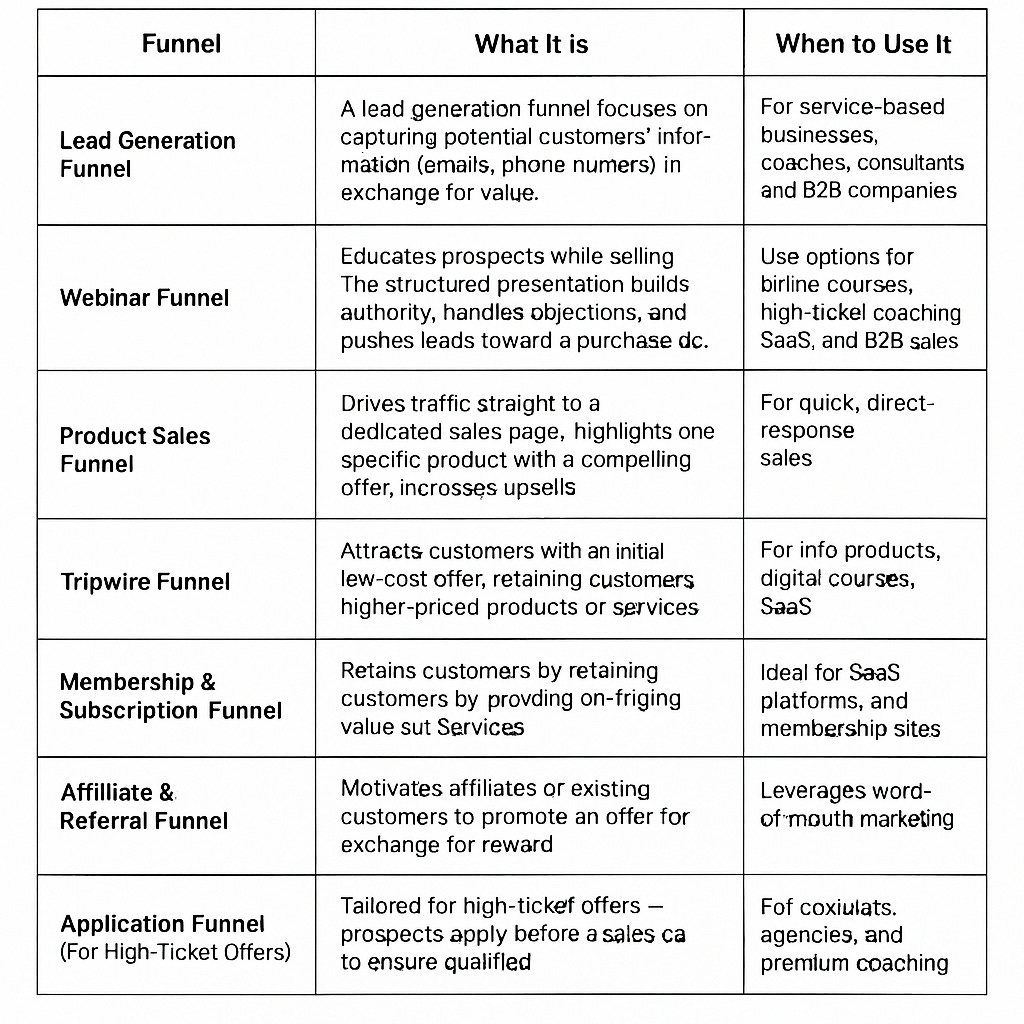




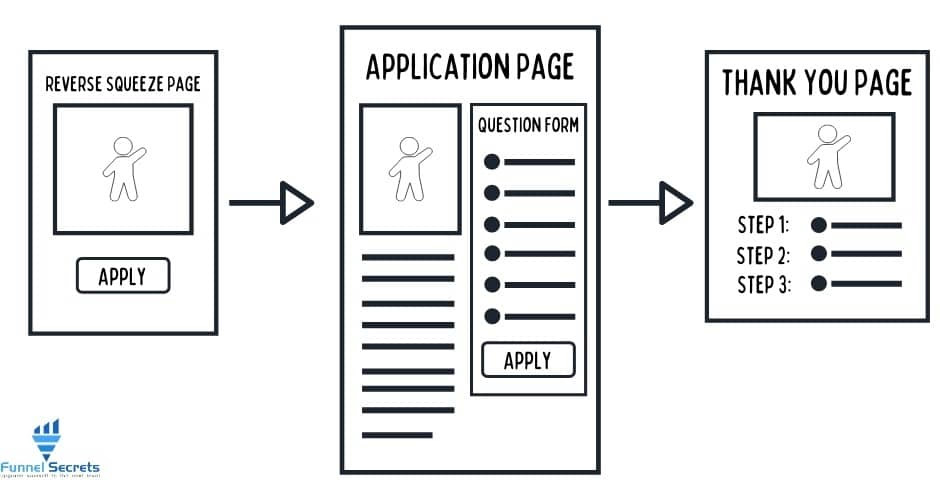
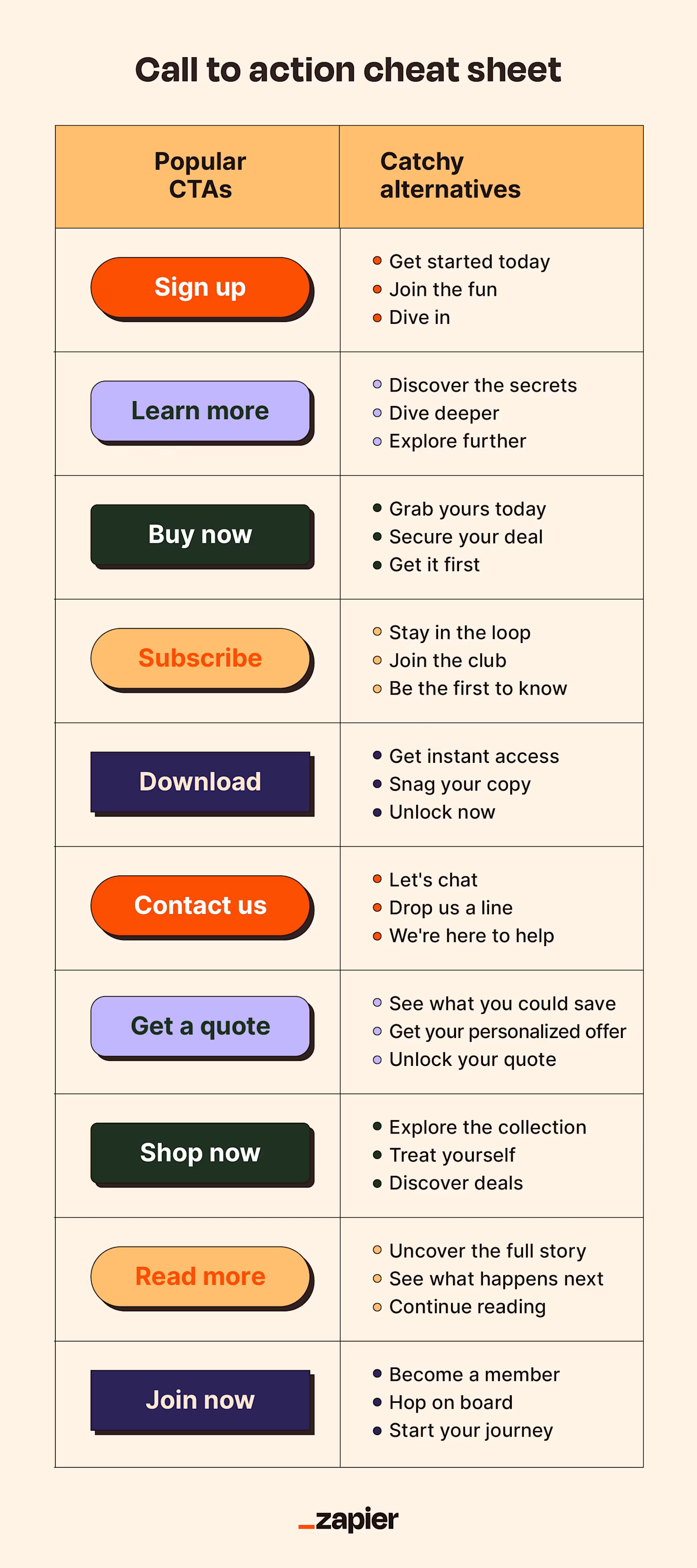


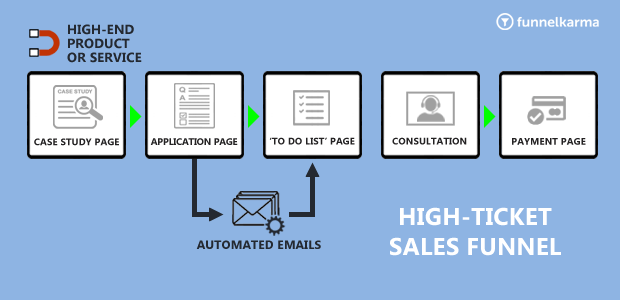

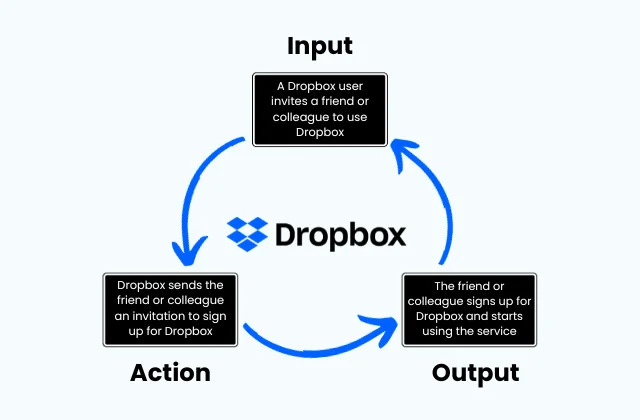
👏👏
Very useful!!